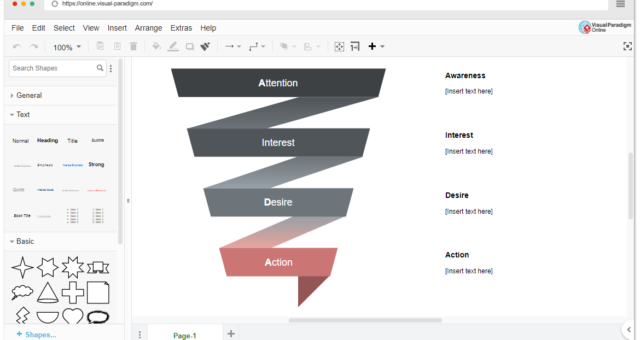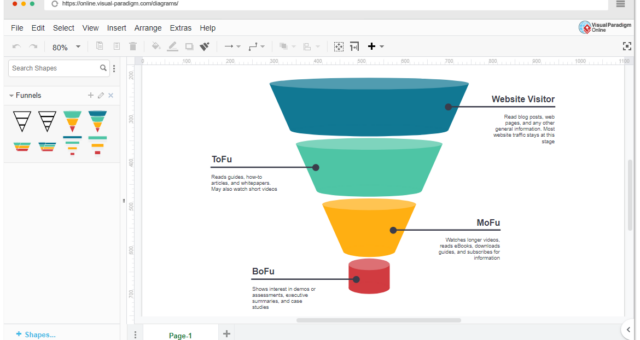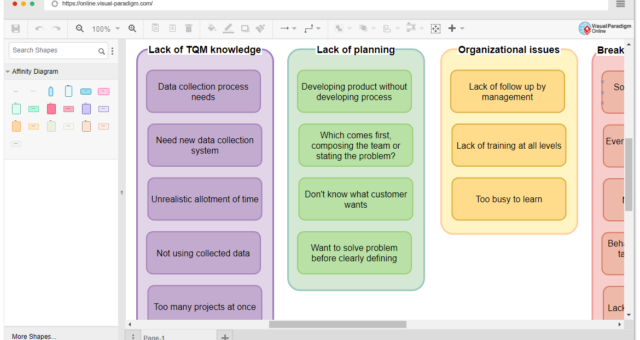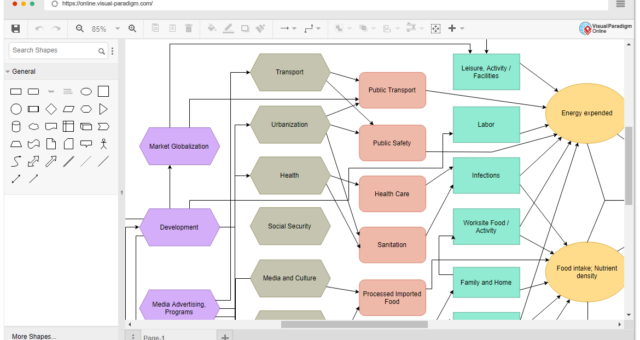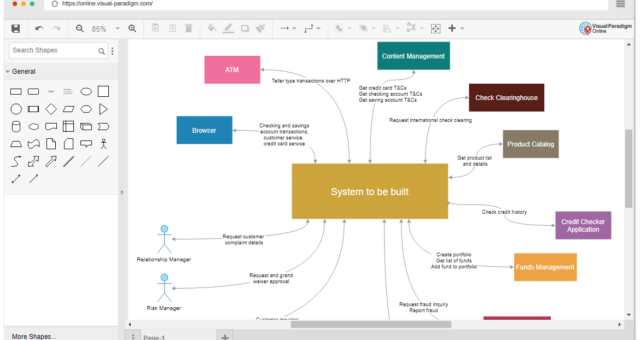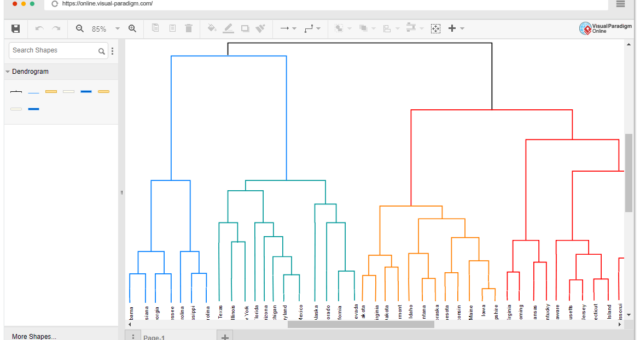Comprehensive Guide to the Brand Essence Wheel
Introduction In the world of marketing and branding, creating a strong and lasting brand identity is essential for success. The Brand Essence Wheel is a powerful tool that helps organizations define and communicate their brand essence effectively. This comprehensive guide will walk you through the purpose, key concepts, and elements of the Brand Essence Wheel, and provide examples using pre-made templates available in Visual Paradigm Online. 1. Introduction What is the Brand Essence Wheel? The Brand Essence Wheel is a strategic tool used by businesses and marketers to define and articulate the core…continue reading →



